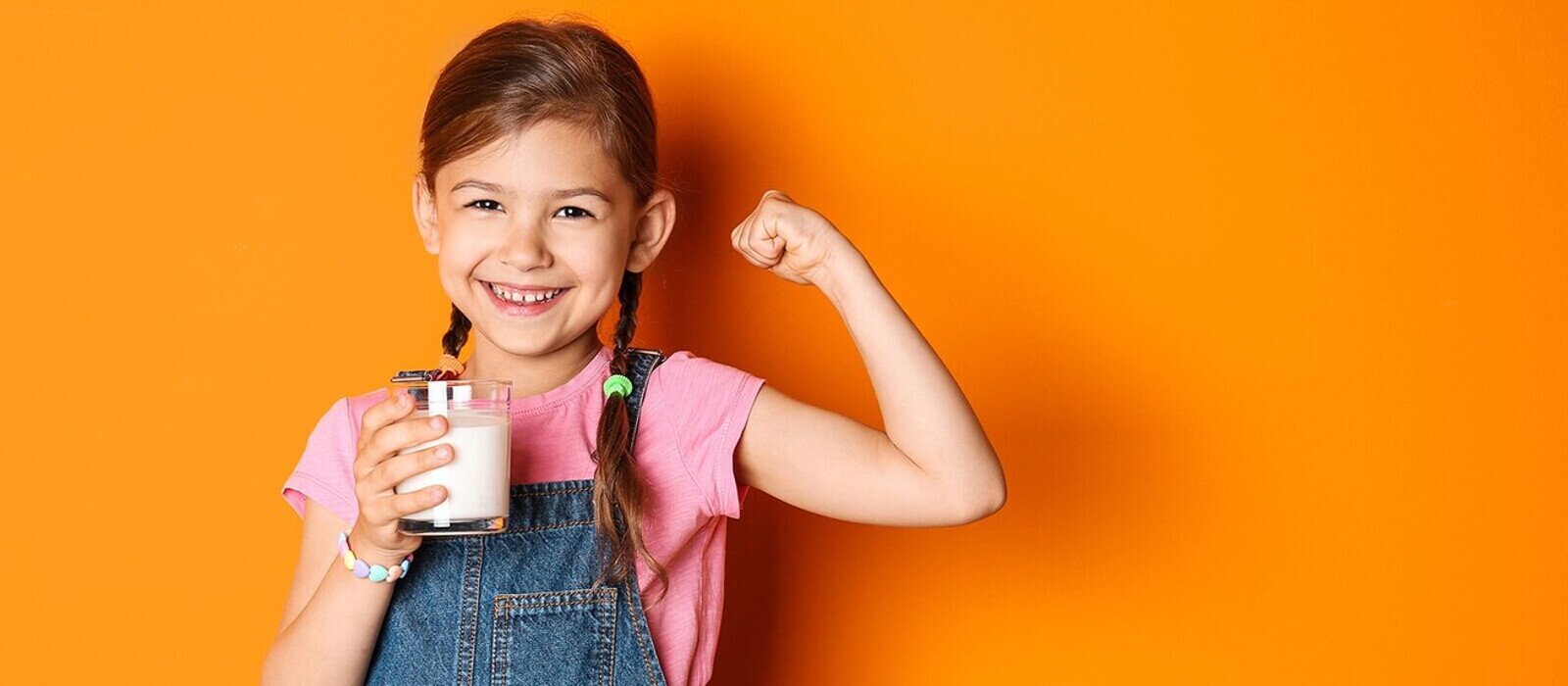Growing Bones
Kids spend their time thinking about growing, without realizing that they are growing every single day, before your loving eyes.
Kids spend their time thinking about growing, without realizing that they are growing every single day, before your loving eyes. But how do kids actually grow, or rather, how do their bones grow?
Babies are born with about 300 bones, which, by the time they are fully grown, will have fused together to form the 206 bones of an adult human. As babies, most of their bones are mostly cartilage, and it is this cartilage that grows and over time gets replaced by bone through ossification, with the help of calcium.
That is precisely why getting enough calcium is very important for your son’s growth. Foods rich with vitamin D and other nutrients also play a key role (TIP: S-26 ProKids GOLD contains all of the nutrients that your child needs to grow).
Below is a list of food items that can help your child grow strong bones:
- Dairy products, such as low-fat and non-fat milk yogurt and cheese, have lots of calcium, and some are fortified with Vitamin D.
- Salmon, tuna, and sardines are a great source of Vitamin D.
- Broccoli, ocra, kale and collard greens are rich with calcium.
- Spinach, okra, tomatoes, artichokes, potatoes, and raisons contain plenty of magnesium.
- Tomatoes, potatoes, raisins, papayas, oranges, bananas, and prunes are healthy sources of potassium.
- Oranges, green and red peppers, strawberries, and pineapples provide you with Vitamin C.
- Kale, spinach and Brussel sprouts can get you the Vitamin K your body needs.
Reference:
Share

The Magnificence of a Developing Child
A famous Italian psychologist, Professor Loris Malaguzzi wrote: “It’s necessary that we believe that the child is very intelligent and competent, that the child is strong and beautiful and has very ambitious desires and requests. This is the image of the child that we need to hold.” (Loris Malaguzzi, Reggio Emilia 1993)




